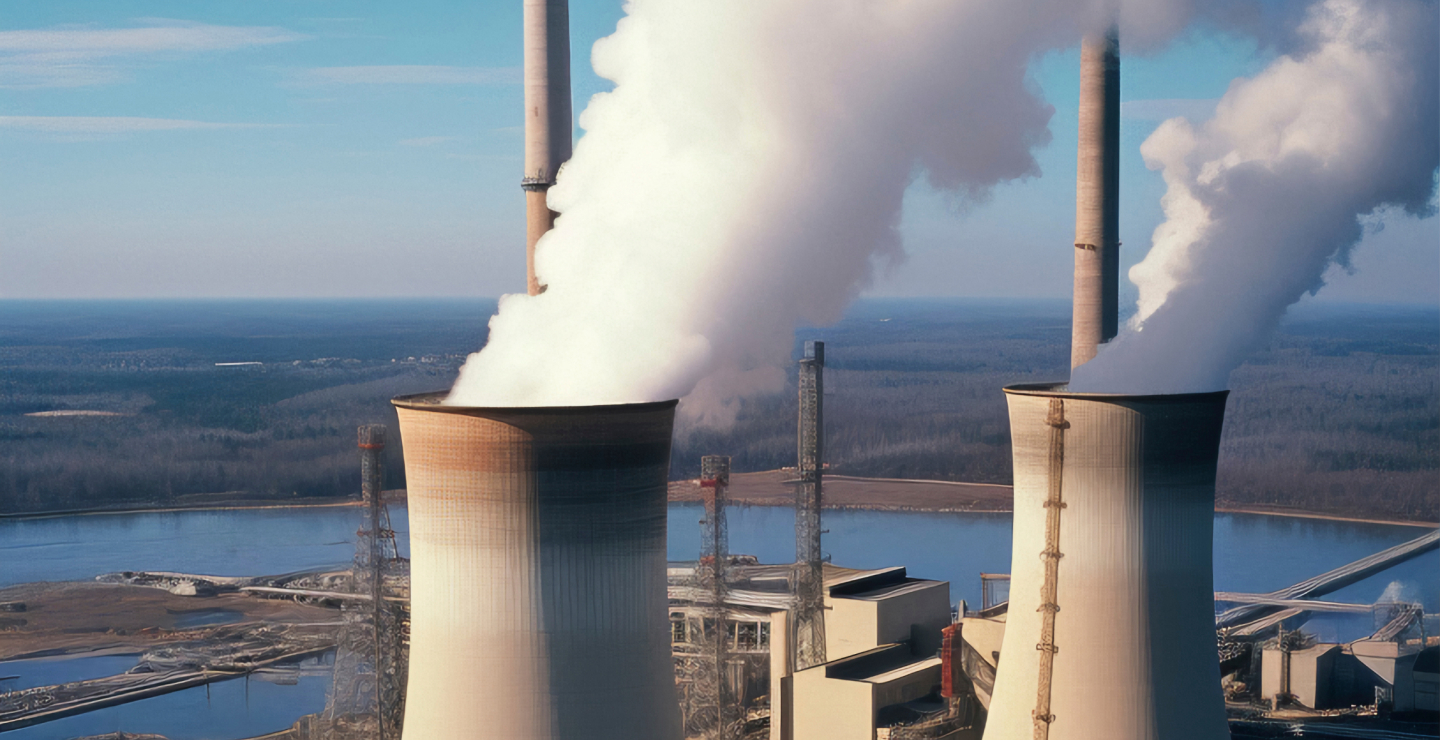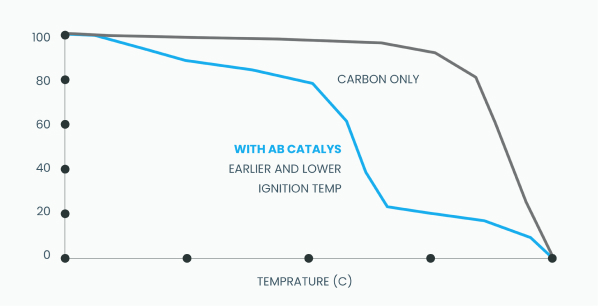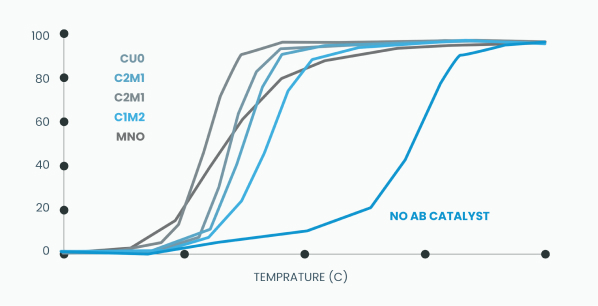How it Works
AB Catalyst is a combustion catalyst designed to improve fuel efficiency, reduce emissions, and enhance the reliability of industrial boilers and kilns that burn coal or biofuels. The product minimizes slagging and fouling, allowing for the use of lower-grade fuels without sacrificing performance. Scientifically validated by institutions like Inner Mongolia University and the China Coal Research Institute, AB Catalyst optimizes combustion, leading to significant reductions in fuel consumption and harmful emissions. It is eco-friendly, non-toxic, and easy to use, requiring minimal maintenance.






